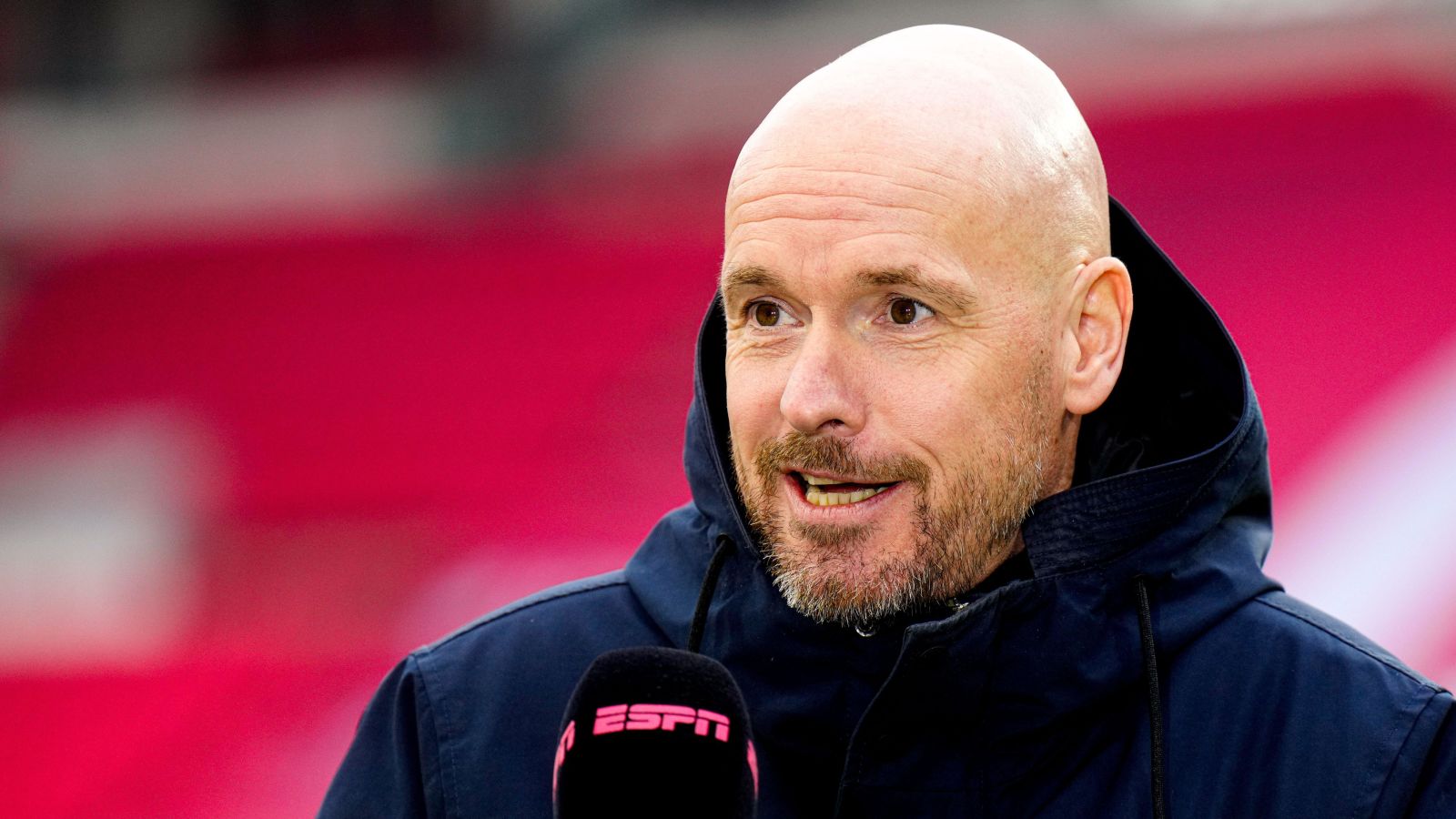A CEO's Fight For Control: The Goldman Sachs Case Study

Table of Contents
The Rise and Fall (or Rise Again?) of Lloyd Blankfein
Lloyd Blankfein's tenure as CEO of Goldman Sachs spanned from 2006 to 2018, a period marked by both unprecedented success and significant controversy. His leadership style, characterized by a blend of sharp intellect and a sometimes ruthless ambition, profoundly shaped the firm's trajectory.
-
Successful Navigation of the 2008 Financial Crisis (Initial Success): Initially, Blankfein's leadership was lauded for steering Goldman Sachs through the tumultuous 2008 financial crisis relatively unscathed compared to many competitors. This solidified his position and enhanced his reputation as a decisive leader within the firm. His quick thinking and strategic maneuvers helped the firm weather the storm, at least initially.
-
Subsequent Criticisms and Controversies (Challenges to Power): However, this initial success was followed by intense scrutiny and criticism. Goldman Sachs faced accusations of conflicts of interest, unethical practices, and contributing to the subprime mortgage crisis. These controversies significantly challenged Blankfein's authority and led to internal questioning of his leadership.
-
Internal Conflicts and Challenges to his Authority: The controversies sparked internal dissent. Different factions within Goldman Sachs, with varying interests and opinions on risk management and ethical conduct, began to challenge Blankfein's decisions and his overall control.
-
Long-Term Strategic Vision vs. Short-Term Profitability Pressures: Blankfein’s leadership wrestled with balancing long-term strategic vision against the ever-present pressure to deliver short-term profitability. This internal tension frequently manifested as power struggles within the organization’s senior leadership.
Internal Power Dynamics and Factionalism within Goldman Sachs
Goldman Sachs, like many large financial institutions, is characterized by internal factionalism. Competing interests among different departments – investment banking, trading, asset management – frequently played out in power struggles that indirectly impacted the CEO's authority.
-
The Influence of Different Departments (Investment Banking, Trading, etc.): Each department held significant sway, vying for resources and influence, which often translated into disagreements over strategic direction and resource allocation.
-
The Role of the Board of Directors in Mediating Conflicts: The board of directors played a crucial role in mediating these internal conflicts and maintaining a balance of power, though their effectiveness in this regard was occasionally questioned.
-
Presence of Competing Leadership Ambitions within the Company: Ambitious executives within Goldman Sachs naturally aspired to higher positions, creating an environment of implicit competition that could destabilize the CEO's authority.
-
Impact of Internal Whistleblowers and Dissenting Voices: Internal whistleblowers and dissenting voices, while sometimes posing risks, also served as a check on excessive CEO power, forcing greater transparency and accountability.
External Pressures and Regulatory Scrutiny
The external environment significantly impacted Blankfein's ability to maintain control. Government regulation and public opinion played a crucial role in shaping the firm's trajectory and the CEO's authority.
-
The Impact of the 2008 Financial Crisis and its Aftermath on Goldman Sachs: The 2008 financial crisis and its aftermath had a profound impact on Goldman Sachs, leading to increased regulatory scrutiny and public distrust.
-
Government Investigations and Legal Challenges: Goldman Sachs faced numerous government investigations and legal challenges, further eroding public confidence and putting pressure on Blankfein's leadership.
-
Public Perception and Reputational Damage: The negative publicity surrounding the firm significantly damaged its reputation, impacting its ability to attract clients and talent, and indirectly undermining Blankfein's position.
-
Shifting Regulatory Landscape and its Impact on CEO Power: The evolving regulatory landscape, designed to prevent future financial crises, fundamentally reshaped the dynamics of CEO power in the financial sector, constraining the actions of CEOs like Blankfein.
The Role of Corporate Governance in CEO Power Struggles
Goldman Sachs's corporate governance structure, including the composition and effectiveness of its board of directors and shareholder influence, played a significant role in shaping the CEO's power and in resolving conflicts. The balance of power between the CEO, the board, and shareholders is a critical element in preventing future power struggles. Analyzing the effectiveness of these mechanisms in mediating conflicts reveals key insights into the dynamics of CEO power.
Lessons Learned: CEO Power, Succession Planning, and Corporate Governance
The Goldman Sachs case study offers valuable lessons about CEO power, succession planning, and corporate governance.
-
Importance of Transparent and Ethical Leadership: The episode highlights the critical importance of transparent and ethical leadership in maintaining public trust and mitigating potential power struggles.
-
Strategies for Effective Succession Planning: A robust succession plan can significantly reduce the likelihood of power vacuums and internal conflicts that can erupt during leadership transitions.
-
Strengthening Corporate Governance to Prevent Future Power Struggles: Strong corporate governance mechanisms are crucial for ensuring accountability, transparency, and a fair balance of power within the organization.
-
The Role of Communication and Stakeholder Engagement: Open and honest communication with stakeholders—employees, shareholders, regulators, and the public—is vital in navigating challenging situations and preventing power struggles from escalating.
Conclusion
The CEO Power Struggle Goldman Sachs case study provides a compelling illustration of the complex interplay between CEO authority, internal power dynamics, external pressures, and corporate governance. Understanding the factors that contributed to the challenges faced by Lloyd Blankfein during his tenure offers invaluable insights into effective leadership, succession planning, and the crucial role of ethical corporate governance. By analyzing this case study, businesses can learn how to prevent future power struggles, foster a culture of transparency, and ensure the long-term sustainability of their organizations. To delve deeper into this critical area of corporate leadership, we encourage further research into "CEO Power Struggle Goldman Sachs" and similar case studies to gain a comprehensive understanding of the complexities of corporate governance and leadership dynamics. Consider exploring resources on corporate governance best practices and leadership succession planning for a more in-depth look at these vital management areas.

Featured Posts
-
 Meilleur Prix Samsung Galaxy S25 256 Go 699 90 E 5 Etoiles
May 28, 2025
Meilleur Prix Samsung Galaxy S25 256 Go 699 90 E 5 Etoiles
May 28, 2025 -
 Penerbangan Direk Bali Ke Jeddah Rute Baru Saudia
May 28, 2025
Penerbangan Direk Bali Ke Jeddah Rute Baru Saudia
May 28, 2025 -
 Finding The Best Tribal Loan With Bad Credit A Direct Lender Guide
May 28, 2025
Finding The Best Tribal Loan With Bad Credit A Direct Lender Guide
May 28, 2025 -
 Overtime Victory For Pacers Mathurins Stellar Performance Sinks Nets
May 28, 2025
Overtime Victory For Pacers Mathurins Stellar Performance Sinks Nets
May 28, 2025 -
 Understanding Erik Ten Hag 10 Crucial Points On His Leverkusen Role
May 28, 2025
Understanding Erik Ten Hag 10 Crucial Points On His Leverkusen Role
May 28, 2025
